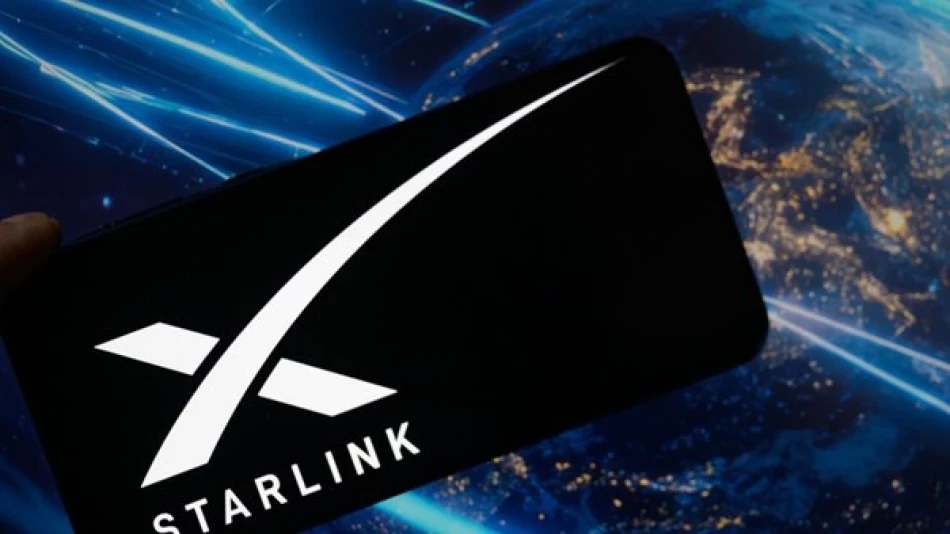
Starlink's Satellite Internet Faces Worldwide Disruptions: Connectivity Challenges Emerge
Starlink's Global Outage Exposes Critical Vulnerabilities in Space-Based Internet Infrastructure
SpaceX's Starlink satellite internet service experienced a widespread global outage on Thursday that lasted approximately two and a half hours, affecting customers worldwide and highlighting the fragility of next-generation space-based internet infrastructure. The disruption, caused by internal software failures, underscores growing concerns about reliability as critical industries increasingly depend on satellite connectivity.
Technical Breakdown Reveals System Weaknesses
Michael Nichols, SpaceX's Vice President of Starlink Engineering, attributed the outage to "a failure in key internal software services that operate the core network." The incident affected Starlink's constellation of thousands of low-Earth orbit satellites that connect to small ground-based user terminals to deliver high-speed internet access.
While Nichols committed to identifying the root cause and preventing future occurrences, the incident raises questions about the resilience of satellite internet systems that are rapidly becoming critical infrastructure for remote areas, maritime operations, and aviation services.
Aviation Industry Feels Immediate Impact
The outage particularly affected airlines that rely on Starlink for in-flight internet services, disrupting passenger connectivity across multiple carriers. This highlights a growing dependency on satellite internet in the aviation sector, where traditional ground-based systems cannot provide coverage over oceans and remote regions.
Airlines have increasingly adopted Starlink's services due to their superior speed and coverage compared to older satellite internet technologies, making Thursday's disruption a stark reminder of the risks associated with single-provider dependency in critical services.
Market Implications for Satellite Internet Competition
The outage comes at a crucial time for the satellite internet market, as competitors like Amazon's Project Kuiper and OneWeb are racing to establish their own constellations. While Starlink maintains a dominant position with over 5,000 active satellites, reliability concerns could provide openings for competitors to emphasize redundancy and service guarantees.
For investors and telecommunications companies, the incident underscores the importance of diversified connectivity solutions rather than relying solely on single satellite providers, regardless of their market dominance.
Broader Infrastructure Resilience Questions
Although Starlink outages remain relatively rare, this incident reflects broader challenges facing space-based internet systems. Unlike traditional terrestrial networks with multiple redundancy layers, satellite constellations face unique vulnerabilities including space weather, orbital debris, and as demonstrated Thursday, centralized software failures that can cascade across entire networks.
As governments and businesses worldwide increasingly view satellite internet as essential infrastructure for remote connectivity, economic development, and national security, ensuring system reliability becomes paramount. The incident may accelerate discussions about regulatory frameworks and backup requirements for satellite internet providers serving critical industries.
The swift recovery demonstrates SpaceX's technical capabilities, but the global scope of the disruption serves as a wake-up call for industries and regions that have rapidly adopted satellite internet as their primary connectivity solution.
 Layla Al Mansoori
Layla Al Mansoori







